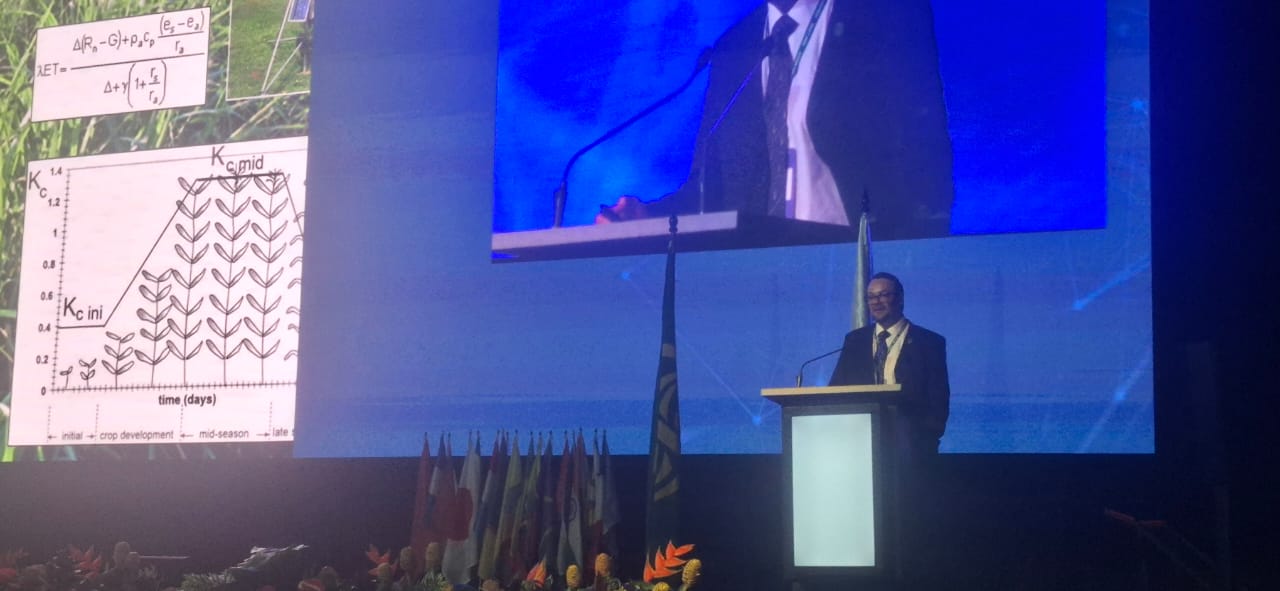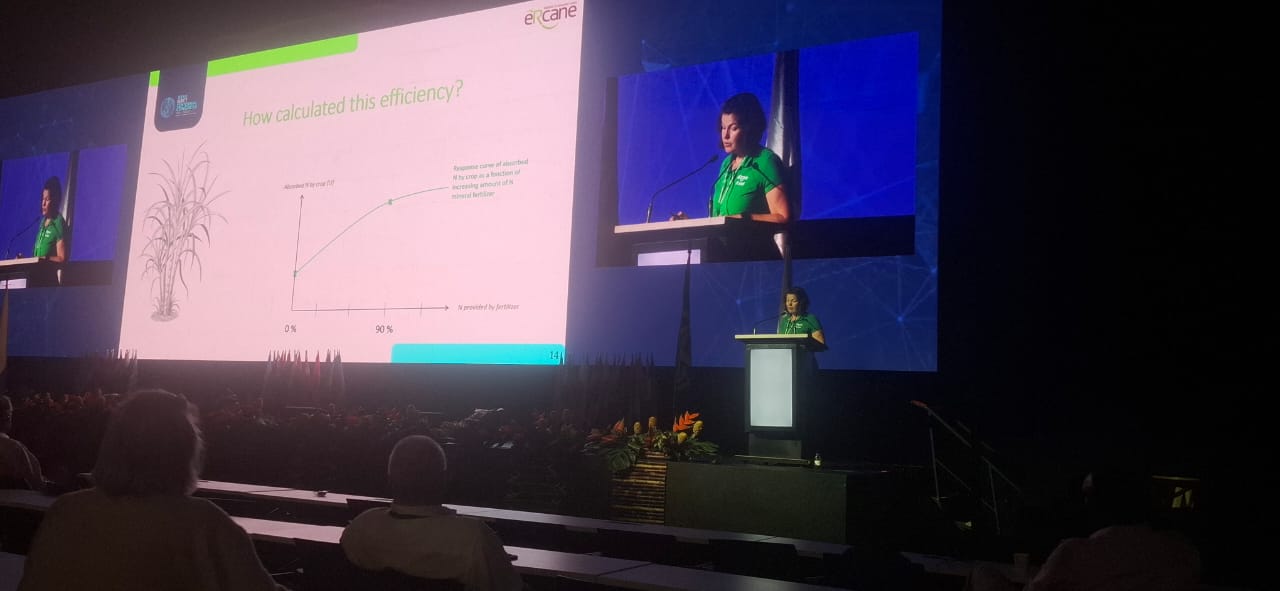Post-Release Trials: Accelerating the Adoption of New Varieties at San Carlos Sugar Mill (Ecuador)

At the ISSCT Congress, Ecuadorian researcher José David Palomeque Salazar presented an innovative approach that is transforming how sugarcane growers adopt new varieties: post-release trials implemented at San Carlos Sugar Mill, one of Ecuador’s most important agro-industrial complexes.
Traditionally, introducing new sugarcane varieties could take 6 to 8 years to achieve significant field adoption due to the lack of practical data and the perceived risks by farmers. However, Palomeque’s approach has cut this timeframe by more than half.
“When farmers see the yield and resilience of new varieties on their own fields, change stops being a gamble and becomes a strategic decision,” the researcher emphasized during his presentation.
What Are Post-Release Trials?
These are demonstration plots established on growers’ farms immediately after a variety receives official release status. They allow real-world evaluation of genetic material under diverse conditions: soil types, irrigation systems, and pest and disease pressures.
At San Carlos, these trials span across various agroecological zones within the mill’s supply area. New varieties such as ECU-05-142 and ECU-07-256 are being tested against traditional commercial varieties. The results speak for themselves:
- Yield increases of up to 20%.
- Higher sucrose content, boosting industrial performance.
- Proven resistance to diseases such as rust and smut.
Impact on Ecuador’s Sugarcane Sector
This strategy not only accelerates varietal adoption but also strengthens the link between research and growers. Field days and farmers’ direct involvement have fostered confidence in innovation and driven modernization within the sector.
“This model proves that applied science, when shared with farmers, has a direct impact on a country’s competitiveness,” Palomeque highlighted.
With such promising results, the post-release trial model from San Carlos Sugar Mill is emerging as a benchmark for other sugar mills across Latin America seeking to respond faster to production, climate, and market challenges.

